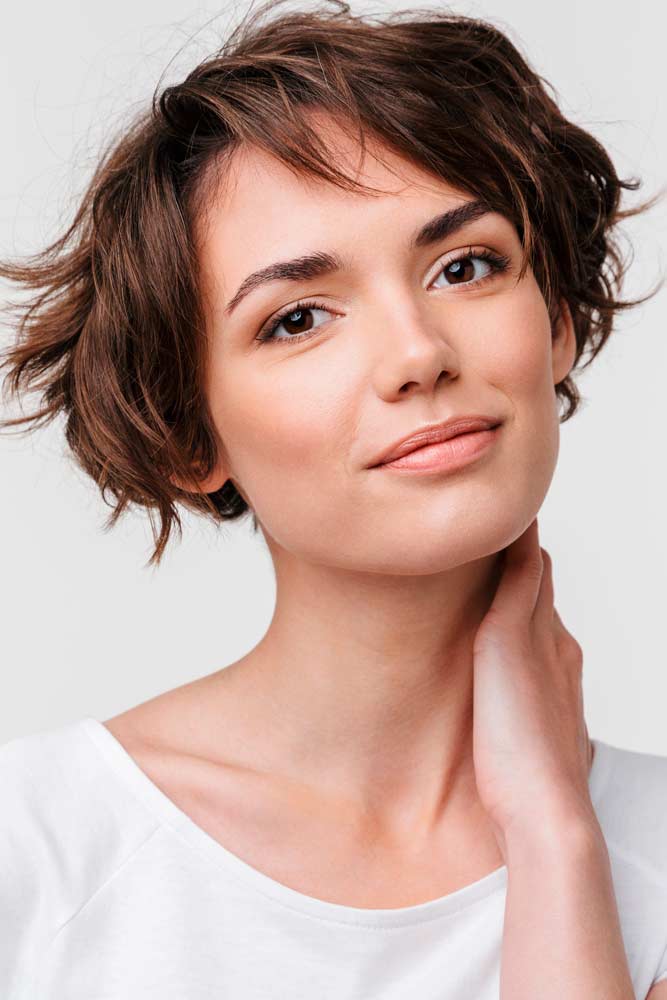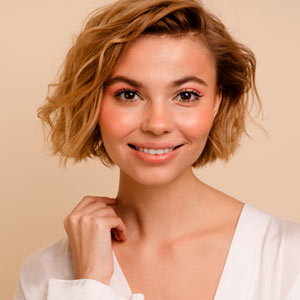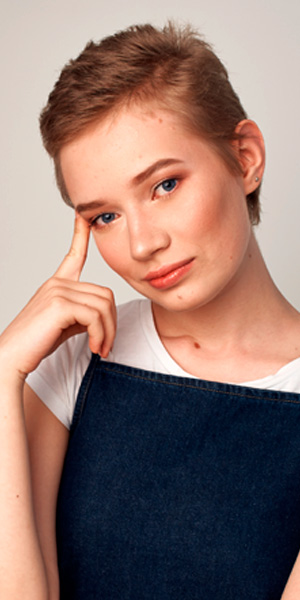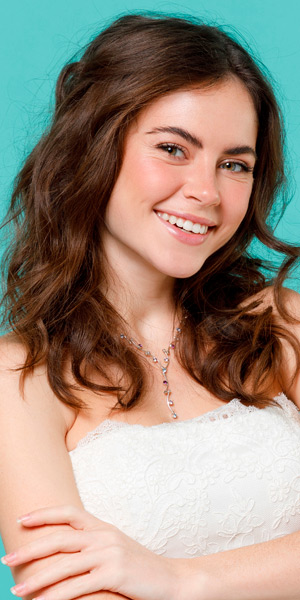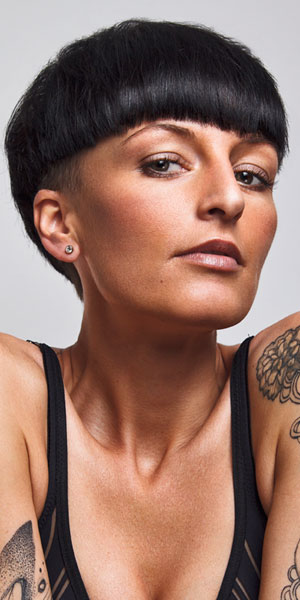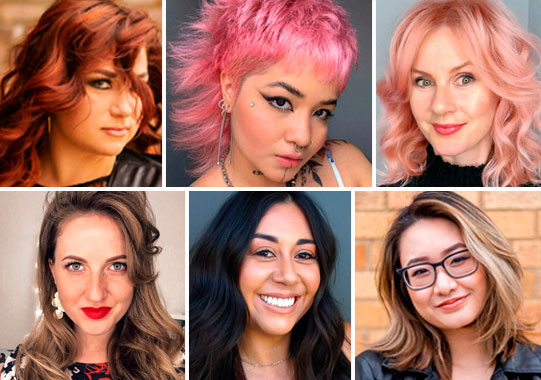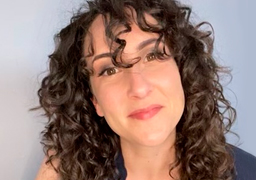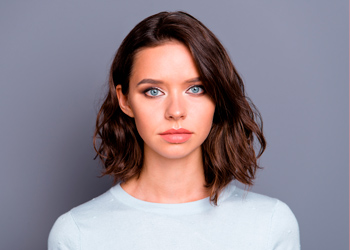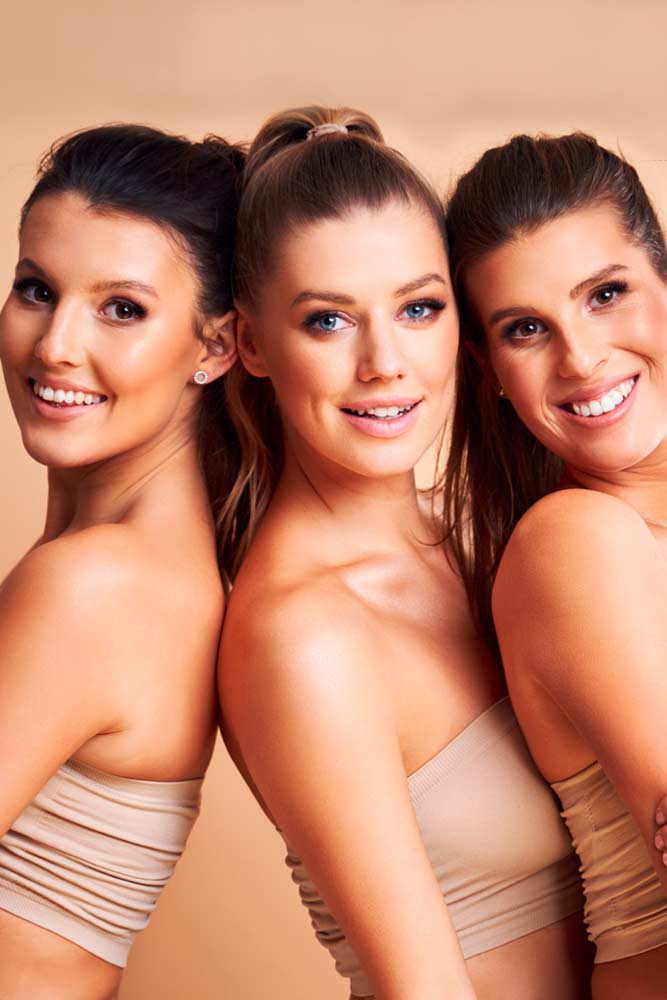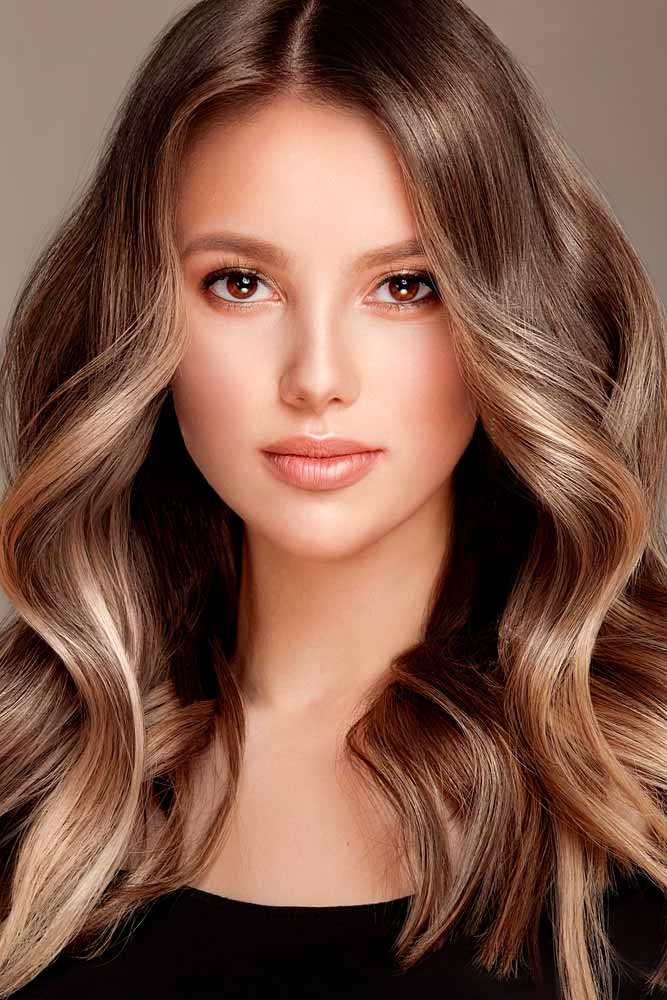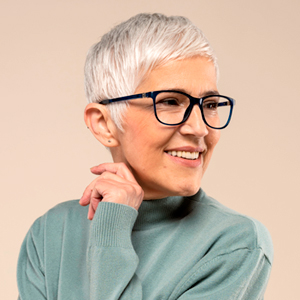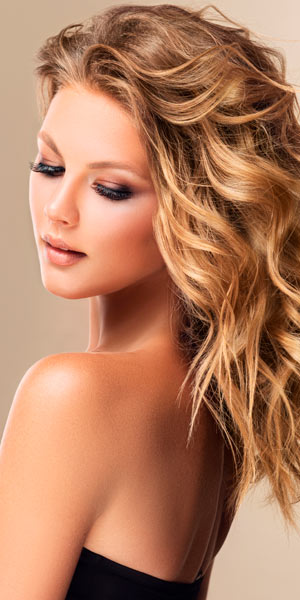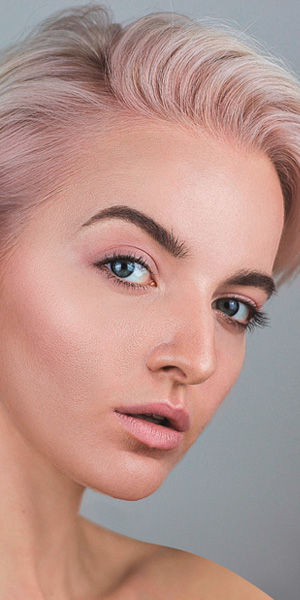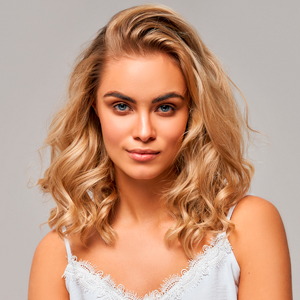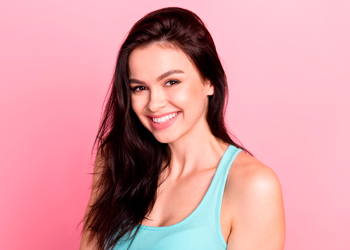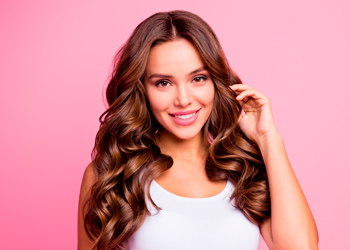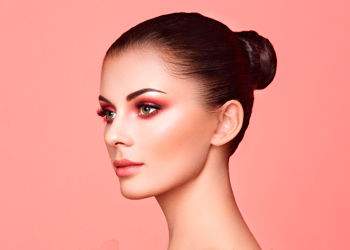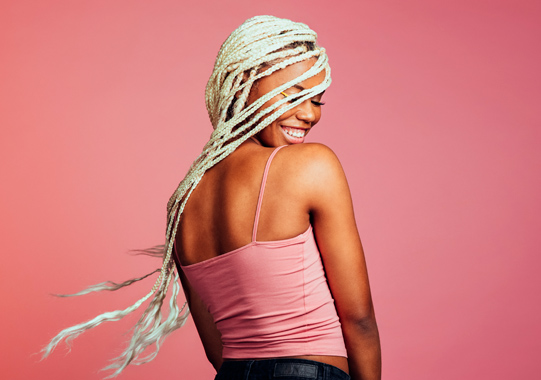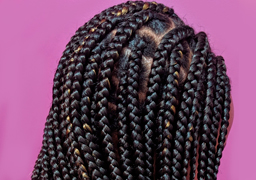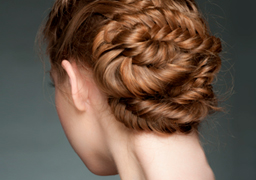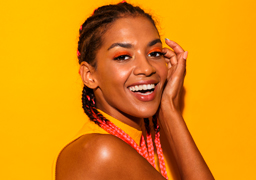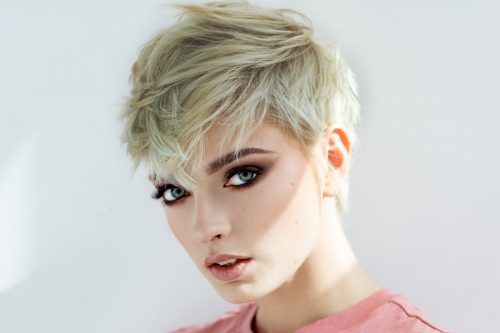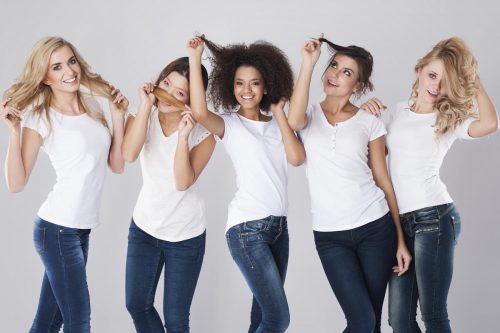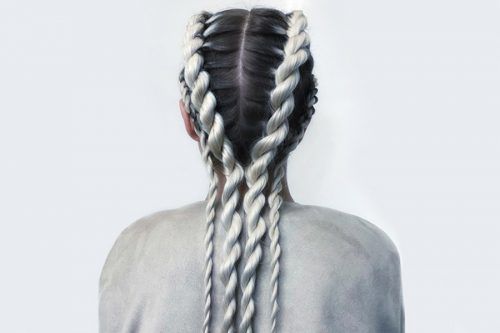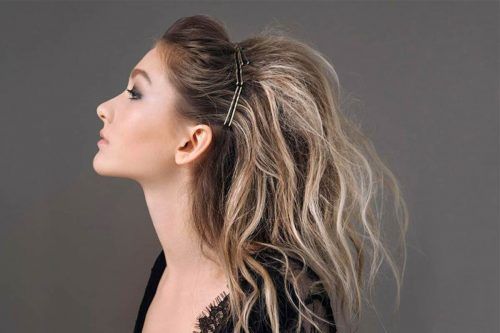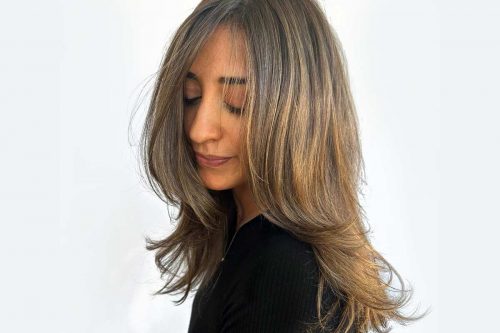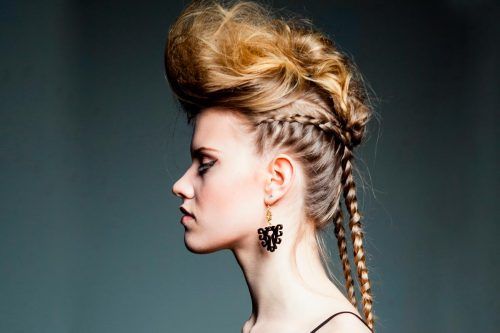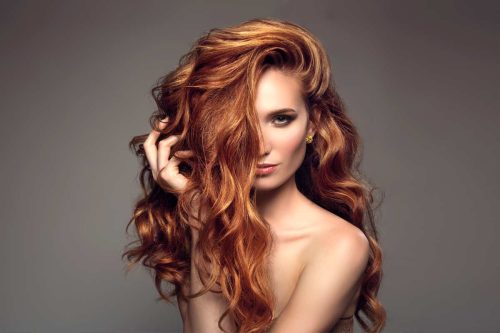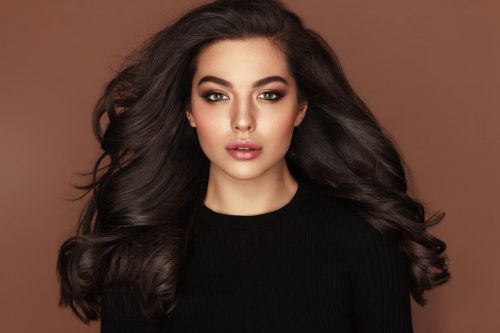Your Shortcut to the Spotlight
Short HairProfessionals
HairstylistsGame-Changing Hairstyles
Medium HairMake Heads Turn & Eyes Envy
Hair ColorsLong Hairstyles
MasterpieceSTATEMENT HAIRSTYLES FOR MEN
MEN’S HAIRLATEST FROM LOVE HAIRSTYLES
MORE105 Hottest Short Haircuts For Women In 2024
Whenever you want to express your unique personality and show how different you can be, short haircuts come in. Some looks are so ageless that even celebrities can’t resist, and you’re going to see them all!
170 Popular Pixie Cut Looks You’ll Instantly Adore In 2024
A pixie cut, whatever it is, has the power to make heads turn, eyes envy, and minds go crazy. It has been inspiring lots of celebrities and catwalk icons for decades. Don’t have one? See what you’re missing.
Everything You Should Know About Hair Types To Make The Most Of Your Hair
With all hair types existing, it is easy to get confused. So that you are not overwhelmed with so much information, we have created this concise guide, covering the most common types of hair and what to do with them.
Diy Hairstyles: Easy Rope Braid Hair Styles + Tutorial
You can’t even imagine how many secrets are hiding under the rope braid. Remember this type of plait? Today, you’re going to see its new facets that will diversify your braiding routine without taking much time.
What Is Coarse Hair And How To Deal With It: Top Tips & Products You Shouldn’t Miss
"Hello, my name is Sophia, and I think I have coarse hair type. Can you please advice me on this: is it bad to have coarse hair?" Got tired dealing with coarse hair? Don’t panic! Here, we’re telling everything you need to tame your unruly hair: from basic tips to must-have products. Does your hair takes hours and tons of styling products to get it done? Is humidity the one who decides if you will go out today? If your answers are ‘yes’, you have coarse hair. And you know what? This post is here to lend you a hand. Find out how to take the right approach to your hair type.
35 Butterfly Haircut – The Different Ways To Style This Popular TikTok Hairstyle
The butterfly haircut is all about making a classic style even more classy and elegant. Are you interested in knowing what hair texture best compliments the butterfly haircut? Or, do you want to know more about different ways to style it? Here's what you should know about them.
Braided Mohawk: Women Give A New Definition Of The Punky Trend
Mohawks can be elegant: some braids are enough to make it girly. It’s time to become friends with braided beauty that was made for stylish ladies.
35 Chick Hairstyles For Fine Hair To Make Volume Stay Longer
Find the most flattering hairstyles for fine hair in our gallery. We collected the best looks for every length and personal style to make your locks appear luxuriant and ample, from a pixie bob to long waves.
38 Fabulous Hairstyles For Long Faces
"Hello, my name is Gloria! I’m wondering how I can style my hair so that it doesn’t look too large. So what is the best hairstyle for a long face? " When styling your hair, you should create more visual width to balance out your long face. Don’t worry: we’ve selected the trendiest and most flattering hairstyles for long faces. See how they work!
55 Long Hair Haircuts You Shouldn’t Miss
Believe it or not, the perfect look of long luscious hair lies in the right haircut. Read on to discover the latest flattering techniques to reveal the beauty of your locks at its best.







